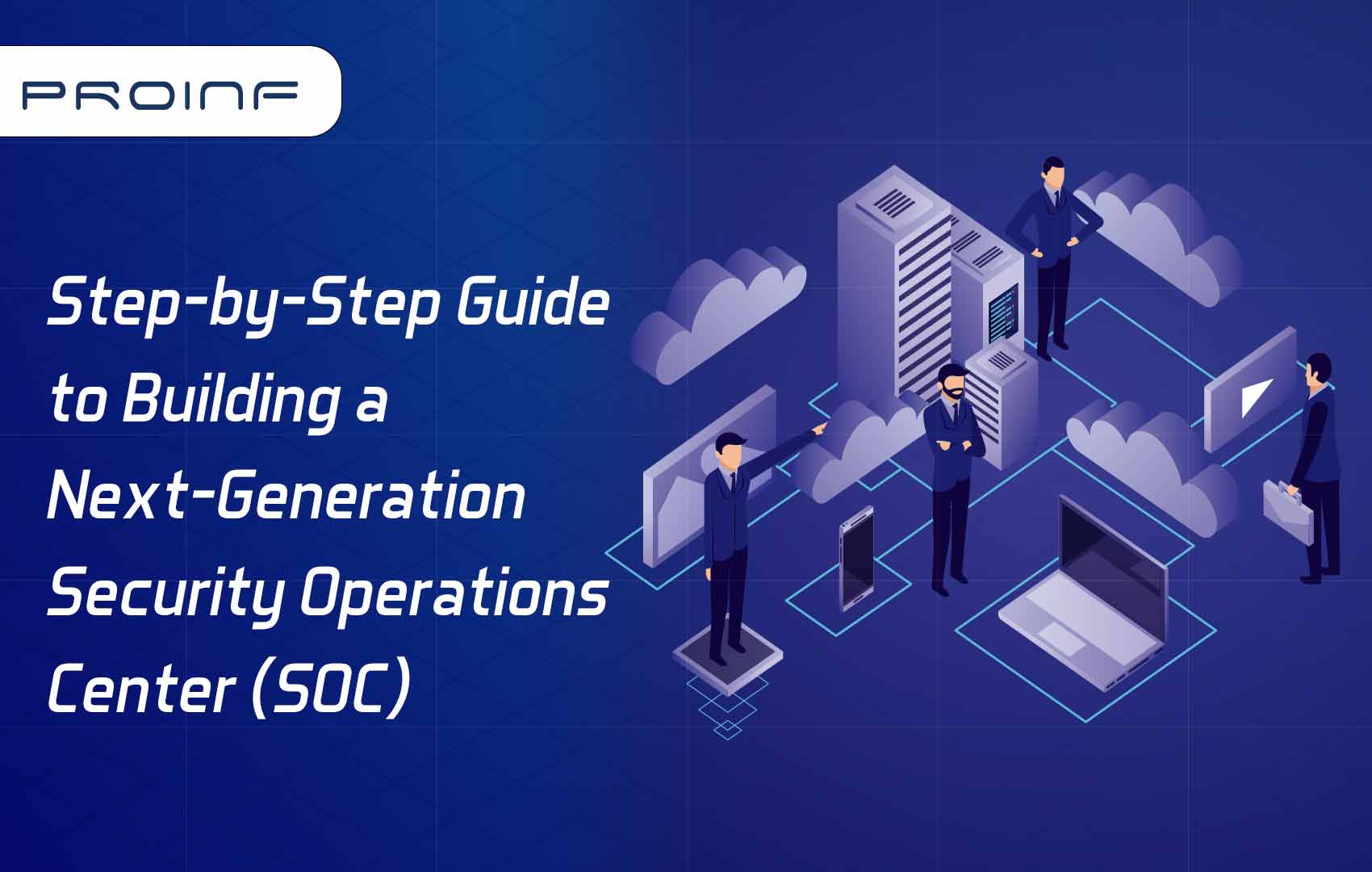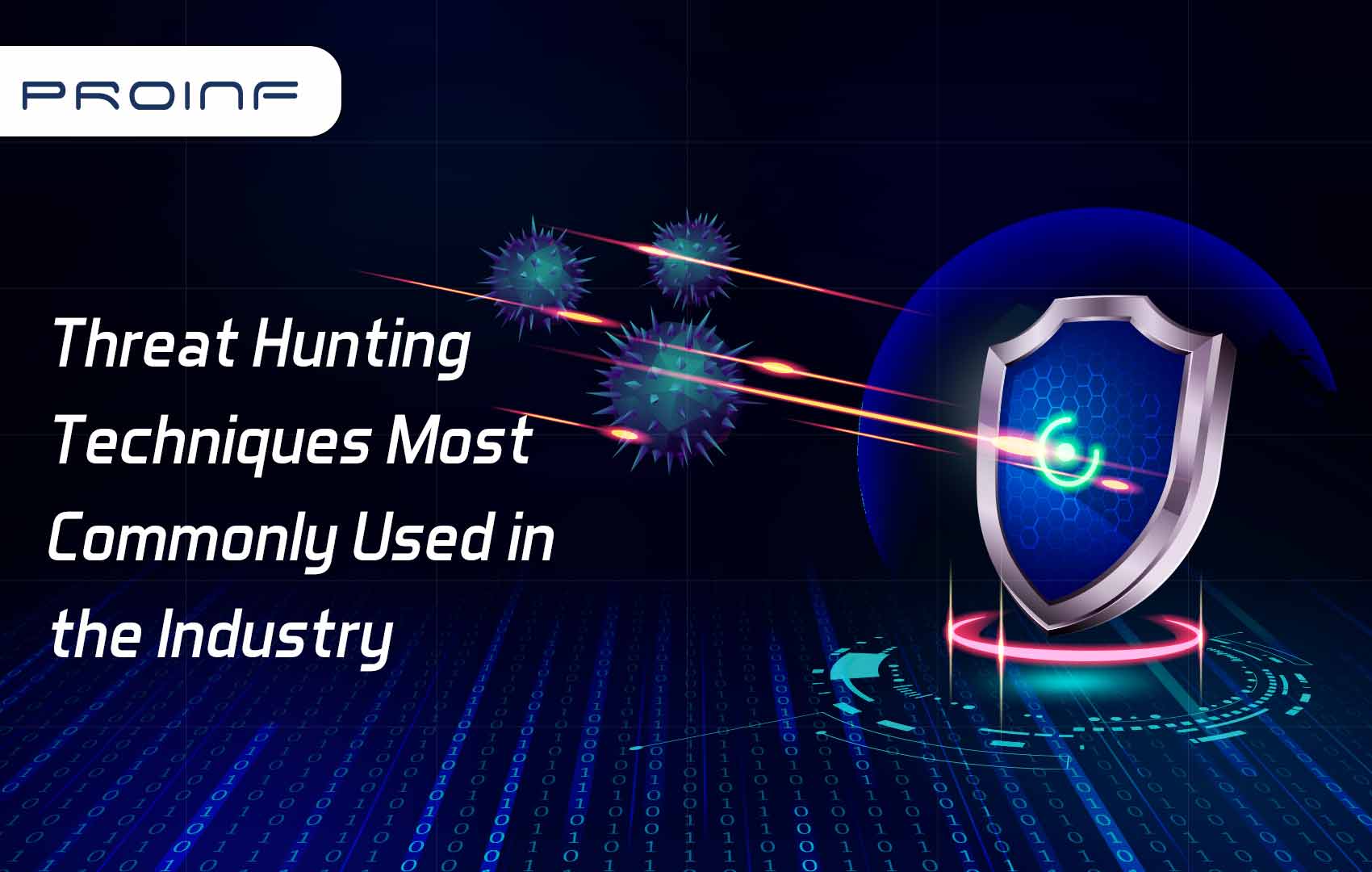The Complete Checklist for IT Infrastructure Assessment and Gap Analysis
A broken cable? Forgot the password? Jammed printer? Have you lost your MFA device? Is the current OS version not supporting applications? – These are often the callouts one hears in an IT environment. Every one of these can cause work disruptions at enterprise levels. Regular IT infrastructure assessment saves us from such cries and ensures smooth functionality with fewer unexpected downtimes. Our ProInf experts have compiled the most comprehensive IT Infrastructure Assessment checklist for you.
The IT Infrastructure Assessment Checklist:
1. Assessing the current state
Understanding the current state of the system – the processes, policies, workflows, business model (B2B or B2C), assets, and goals can help redefine and reshape your IT approach. Getting a hold of these intrinsic details aids in better resource management. In addition, this approach makes it easy to comply with regulatory laws and rules and document the entire process.
2. Inventory (Hardware and Software)
To compete with the market, enterprises must constantly upgrade their IT Infrastructure. The upgrades involve but are not limited to operating systems, firmware, mobile devices, IoT devices, servers, hubs, switches, AR & VR, and others. A full measure of the entire hardware and software inventory can help you assess and optimize your resources and address your future requirements.
3. >Data Storage
Complete knowledge of the type of data – corporate, generic, personal, behavioral; its location – cloud and on-site; accessibility and the level of authorization to access the data are vital. Along with micro-segmentation and industry-standard data encryption, periodic data privacy and protection checks are necessary.
4. Data Recovery
In the case of a cyber-intrusion, an IT team may be capable of preventing bad actors from accessing sensitive data. However, that does not guarantee access to their data. Similarly, data loss is relatively high in natural disasters and complete hardware failure. To tackle such situations, having a quad redundant data recovery plan and multiple data storage and recovery points is essential.
5. Understanding User Experience
Recruits find it challenging to adapt immediately to a new IT environment. They can encounter various impediments while onboarding. Therefore, reviewing the feedback from users and documenting the changes is important. In addition, the enterprise should have a solid IT training program and organize workshops to ensure users meet standard performance levels in their operations.
6. Planning Upgrades
Deciding what components to upgrade (hardware and software), when to upgrade, and calculating the downtime duration helps in budgeting and accounting. Upgrades can also include periodic maintenance and replacements.
7. Documenting Workflows
Every application, process, and protocol runs on a set of procedures and rules in an IT environment. Documenting these workflows helps establish a standard set of practices when carrying out a task by any individual within the enterprise. Therefore, the IT team should ensure proper documentation of all the workflows and processes and share them with the teams.
8. Risk Management & Compliance
Periodic risk management and compliance assessment are mandatory. In addition, learning the security posture, the suite of cybersecurity solutions in place, network security, anti-virus functionality, backup systems functionality, and reports of recent cyber-attacks help in risk management and compliance.
9. Testing and Debugging
An IT team should thoroughly test the entire network before going live. Testing each connection and component whenever it is ready makes debugging easier. Rather than stalling testing, the IT team should stick to the timelines. One should test email deliverability, network connections, and other IT systems they use.
10. Future requirements
A roadmap about future goals and projects helps to understand the third-party services, software, hardware, and technical skill requirements. In addition, this enables the enterprise to prepare a budgetary plan and carry out upgrades, collaboration, and Human Resource services accordingly.
Gap Analysis Checklist:
Every enterprise needs to be in a fluid state, be it its working culture or its growth. Yet, many IT enterprises are often stuck when handling new and large-scale projects. This stoppage is due to improper/lack of Gap Analysis assessment. Understanding Gap Analysis assessment helps you attain your goals and prepares you for the future. Here is a Gap Analysis checklist that enables you to achieve a complete Gap Analysis assessment:
1. The current state
Understanding the objectives, characteristics, current goals, product line, processes, and the direction of the enterprise is essential. One can choose to improve a particular function or the entire system. This approach helps identify inefficiencies, develop ways to exploit the top talent, and streamline all the efforts towards the common goal.
2. Roadmap for future goals
The road map helps gauge the resources (infrastructural and human resources) to execute upcoming projects. It also highlights the approach toward future projects, assisting in developing and acquiring resources. Understanding the current skillset and future requirements can stimulate the enterprise's C-suite to introduce skill-developing programs to its workforce.
3. Requirements (software & hardware)
Latest operating system, firmware updates, and hardware infrastructure help in the higher processing power of an application. In addition, updates are an essential component of strengthening cybersecurity. Therefore, making a list of hardware and software requirements is vital to addressing the Gap Analysis assessment report.
4. Performance Influencing Parameters
Various reasons can contribute to a performance alteration. Merely upgrading hardware and software may not improve performance if the workforce cannot take advantage of the new infrastructure. Additionally, managerial issues, communication lapses, poor workforce skills, and lack of rapport between the client and the enterprise can also affect performance.
5. Human Resource Skill Assessment
Periodic skill assessment of the workforce should be mandatory. These assessments keep the crew on their toes and encourage them to improve their expertise in the domain and expand their knowledge to other disciplines, which is vital for the enterprise's future. The skill assessment test's an employee's competence, skillset, and knowledge application.
6. Budgeting and Timeline
Outlining budgets and individual component costs helps enterprises better manage their spending, preventing overspending and optimizing resources. Many enterprises fail to implement the recommended measures from the Gap Analysis report within a given timeline, leading to unseen extra costs. Carrying out recommended activities by sticking to the timeline helps reap the rewards.
Are you looking for a comprehensive IT Infrastructure Assessment and Gap Analysis? Then, we are here for you. Experts at ProInf have the desired experience in the domain, skill, and ability to decode the most complex problems and execute solutions that are always within your budget, timeline, and easy to maintain.
Request a Demo Now!

